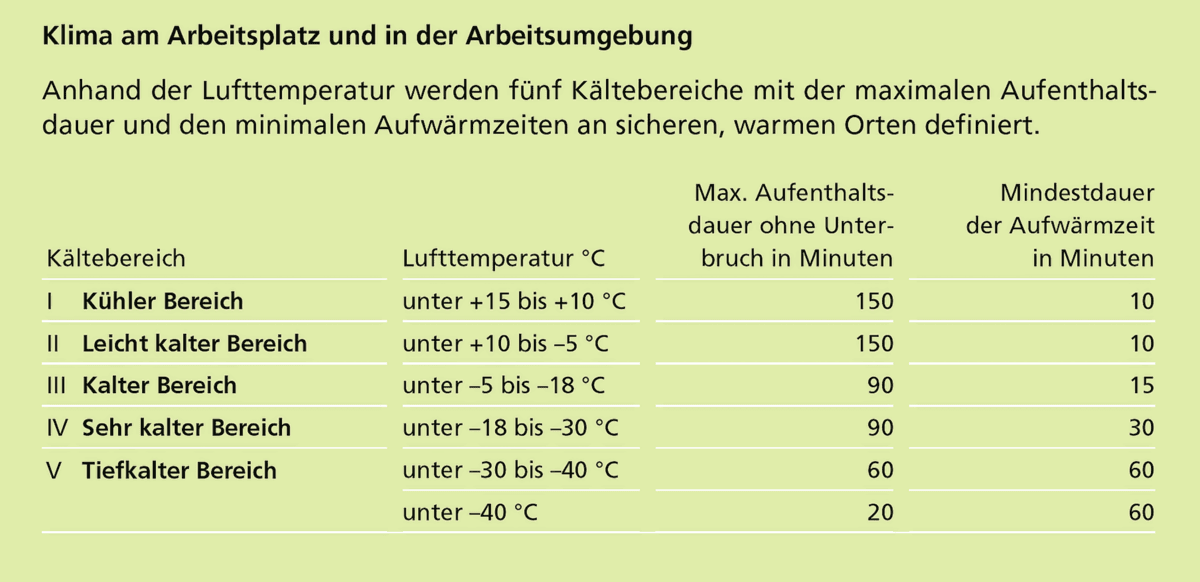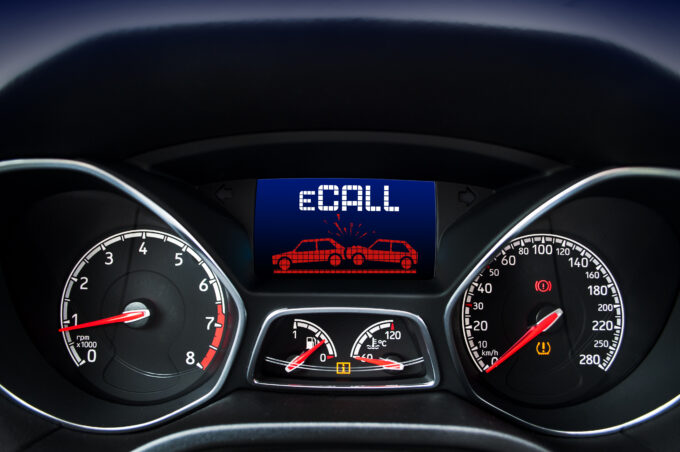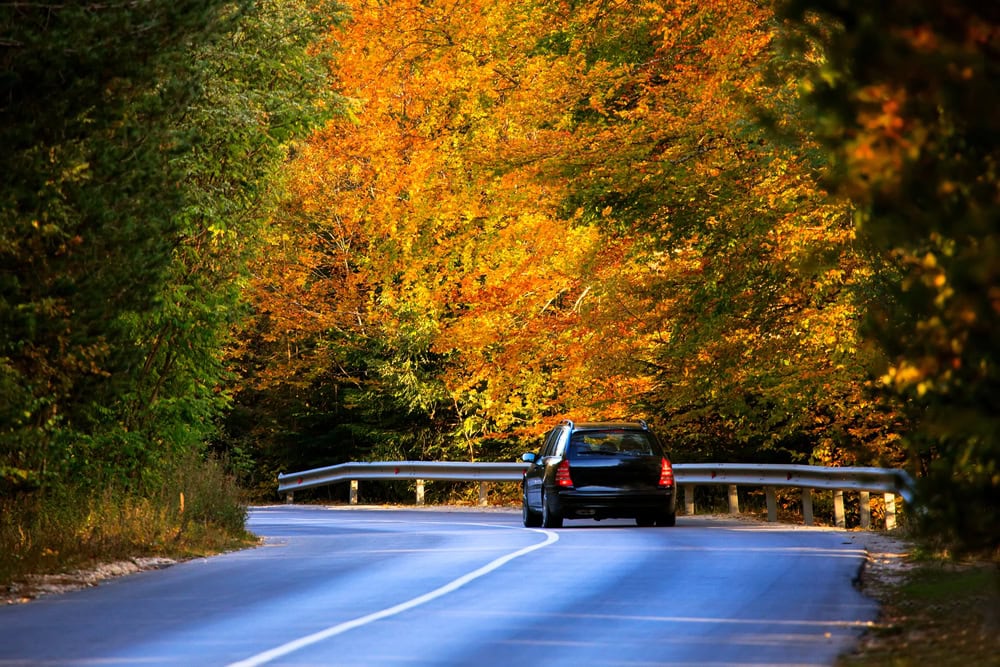Protection when working in cold and windy conditions
Working outdoors in freezing temperatures can lead to hypothermia or frostbite. Employers must prepare and protect their employees well.

The cold season is just around the corner and just as employees need to protect themselves from the sun in summer, they also need to be protected from the cold.
When working outdoors, the combination of low temperatures and wind can significantly impair physical performance and increase the risk of accidents. The so-called wind chill effect is often underestimated: even a light wind makes the temperature feel much colder than it actually is. The body cools down more quickly, which can lead to hypothermia. It becomes particularly dangerous when physical functions are impaired - be it through clammy fingers, stiff muscles or a slower reaction time. People find it harder to concentrate in the cold and the risk of accidents increases.
Wind chill factor: what's behind it?
The wind chill factor describes the difference between the actual temperature and the perceived temperature. When the wind blows over the skin, the insulating layer of air that normally forms around the body is blown away. The body cools down faster than it would if there was no wind - even if the measured temperature is not extremely low.
PPE: the right equipment is crucial
Under these conditions, only the right protective clothing will help. Employers are obliged to provide all employees who are exposed to the cold with appropriate protective clothing. This includes windproof and waterproof jackets, insulating underwear, gloves, headgear and suitable footwear. This clothing must comply with the applicable standards and ensure that it provides adequate protection against the cold. It is also important that the clothing is breathable in order to wick sweat away to the outside. In poor visibility conditions, reflectors should also provide the necessary safety. Worn or inadequate protective clothing must be replaced in good time - the employer bears the cost of this.
Heated lounges: retreats against the cold
In extremely low temperatures, employers should ensure that employees are regularly given the opportunity to retreat to heated recreation rooms. In the construction industry in particular, there are clear legal requirements that such rooms must be protected from the weather and heated to allow employees to take a break at a temperature of at least 21 °C.
These rooms should also have a vestibule at the outside door to keep heat loss to a minimum. Regular warm-up phases are essential to keep the body warm and efficient.
Further measures for working safely in the cold
In addition to personal protective equipment and heated break rooms, there are a number of other measures that can improve safety in cold weather:
- Limit outdoor working hours: Working time in cold areas should be kept as short as possible to prevent the body from cooling down too much.
- Regular breaks from work: Employees should take regular breaks to warm up in heated rooms.
- Recovery times and additional breaks: Longer and more frequent breaks help to maintain body temperature and maintain performance.
- Heat-insulating mats: Heat-insulating mats help to keep the cold off the floor, especially in fixed workplaces that require longer periods of standing.
- Heated cabs and seats: When working with forklift trucks or construction vehicles, heated cabs and seats can ensure that work remains safe and comfortable despite the cold.
- Hot drinks: The employer should ensure that hot drinks such as tea or coffee are available to keep the body warm from the inside.
The risk of frostbite or hypothermia depends not only on the temperature and wind, but also on individual factors such as body type, activity level and humidity. Even if the external conditions seem controllable, it is important to pay attention to your own warning signals. Employers should therefore sensitize their employees to this issue.

This article first appeared in issue 5/24 of save. You can order a sample copy here order









